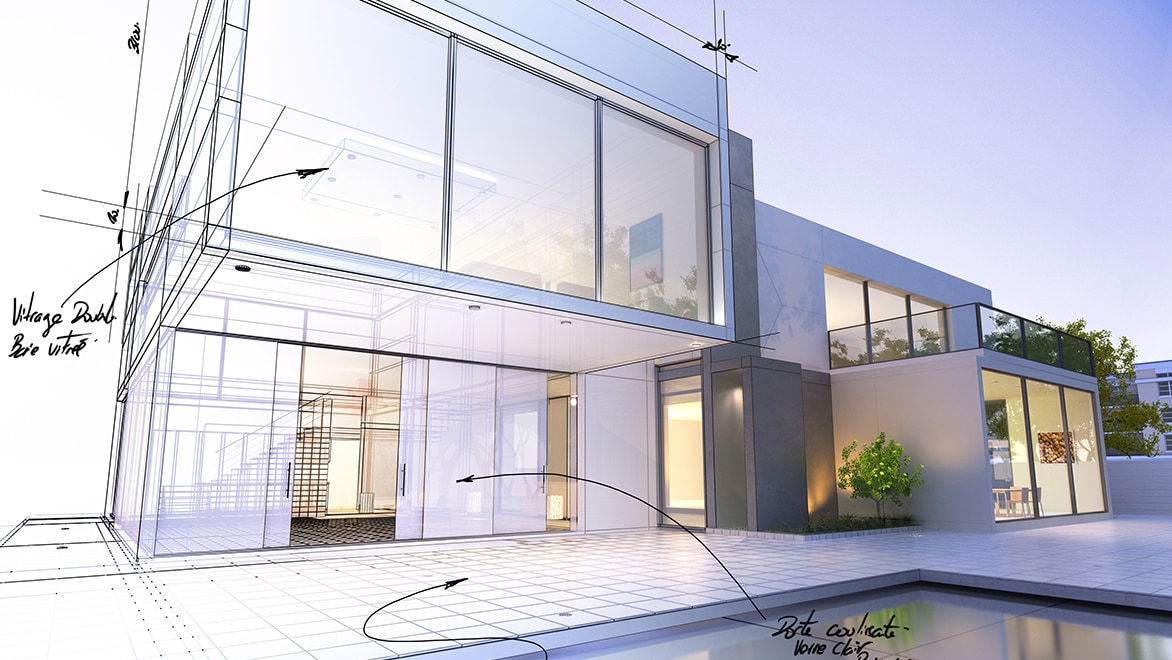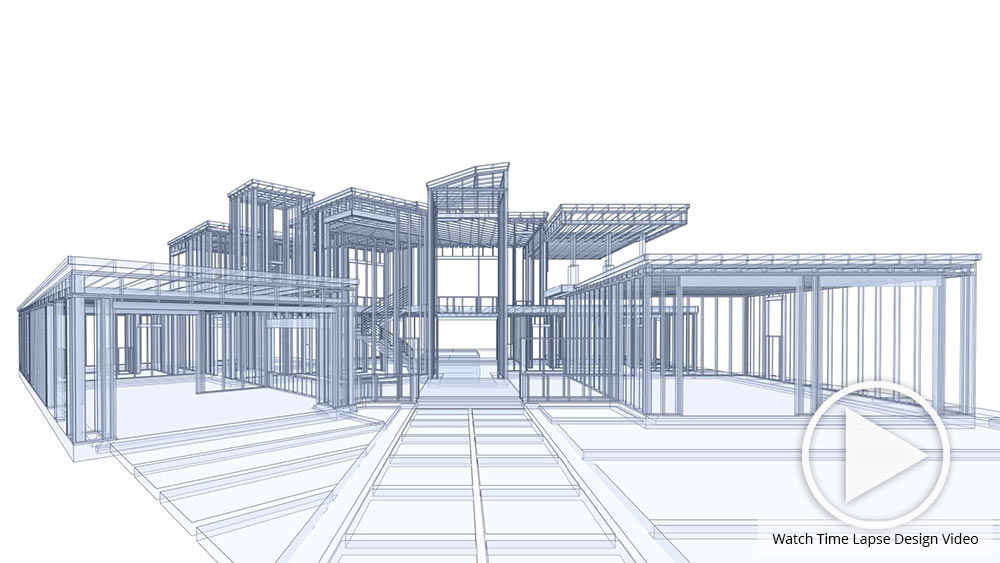Discover Innovative Layouts with Leading CDA Architects for Your Next Project
Discover Innovative Layouts with Leading CDA Architects for Your Next Project
Blog Article
A Thorough Overview of Building Designs and Their Impact on Modern City Planning and Advancement
Building styles have long offered as a mirror to the social worths and technical improvements of their time, playing a critical role in shaping modern city planning and advancement. From the splendour of Neoclassicism to the practical approach of Brutalism, each style has presented special principles that influence city appearances and functionality.
Historical Summary of Architectural Styles

As cultures transitioned with the Center Ages, Gothic architecture emerged, identified by its verticality and complex detailing, mirroring the spiritual aspirations of the era. The Renaissance noted a resurgence of timeless perfects, combining art and architecture in ingenious methods that influenced subsequent styles across Europe.

Today, building styles continue to progress, driven by globalization and sustainability issues, mirroring a vibrant interaction between heritage and innovation. This historical review highlights the value of style as a mirror of societal advancement and as a stimulant for metropolitan growth.
Trick Architectural Styles Explained
The diversity of architectural designs mirrors the myriad influences that form our constructed setting, each symbolizing distinctive attributes and cultural significances. Secret building styles consist of Timeless, Gothic, Baroque, Modernism, and Postmodernism, each standing for special historic contexts and visual philosophies.
Classical design, rooted in old Greece and Rome, highlights balance, percentage, and making use of columns (cda architects). In contrast, Gothic architecture, prospering in the center Ages, is characterized by pointed arcs, ribbed safes, and flying buttresses, producing an angelic high quality in basilicas. Baroque style, arising in the 17th century, is noted by grandeur, fancy decoration, and a vibrant interplay of light and shadow
Innovation, which obtained momentum in the very early 20th century, focuses on function over type, making use of brand-new products like steel and glass to produce minimal frameworks. Postmodernism, responding versus the austerity of Modernism, welcomes eclecticism and historical referral, frequently incorporating lively components and irony.

Influence On Urban Preparation
In forming the growth of cities, architectural designs dramatically affect metropolitan planning choices. The option of building design often dictates the visual appeals, performance, and general personality of urban environments.
Moreover, building styles can influence zoning guidelines and land utilize plans. Urban organizers must take into consideration the prevailing building fads when creating areas, making sure that brand-new growths integrate with existing frameworks. This consideration promotes cohesive urban landscapes and boosts area identification.
The implementation of certain architectural styles can additionally influence socioeconomic aspects within a city. Premium modern styles may draw in upscale homeowners and services, leading to gentrification, while more affordable housing solutions may focus on useful and sustainable designs to accommodate varied populaces. cda architects. Inevitably, the interplay in between building styles and urban planning creates vibrant cities that show both historic context and contemporary needs, shaping the lived experiences of their citizens
Sustainability and Modern Design
Architectural styles play a crucial duty in dealing with modern obstacles, specifically in the realm of sustainability. As metropolitan areas try here increase and environmental issues increase, modern-day architecture increasingly welcomes lasting design concepts that focus on energy efficiency, resource preservation, and marginal ecological effect.
Contemporary architectural activities, such as biophilic layout and environment-friendly design, advocate for structures that balance with their surroundings, making use of all-natural products and promoting biodiversity. These designs frequently incorporate renewable power sources, such as photovoltaic moved here panels and wind generators, to decrease reliance on nonrenewable fuel sources and reduced carbon footprints.
Furthermore, the combination of sophisticated technologies, such as wise building systems, enhances power management, enhancing source use while ensuring passenger convenience. Innovative water administration methods, consisting of rain harvesting and greywater recycling, more add to lasting urban environments.
Especially, sustainability extends beyond environmental worries; it encompasses social and economic measurements as well. By cultivating area health and promoting inclusivity, contemporary building styles straighten with sustainable growth objectives. Consequently, the advancement of architectural techniques continues to shape resilient cities that not just satisfy the demands of today but likewise secure the future for generations to find.
Neighborhood Engagement in Design
Community engagement in layout serves as an essential bridge between architects and the populaces they offer, making certain that the developed setting mirrors the requirements and aspirations of its customers. This collaborative procedure invites neighborhood participants to add their understandings and choices, promoting a sense of ownership and obligation towards the spaces they inhabit.
Effective community involvement uses different approaches, such as workshops, studies, and public online forums, to collect varied viewpoints. These methods promote a two-way discussion, enabling designers to recognize neighborhood contexts while encouraging locals to voice their issues and needs. This inclusivity not just boosts the style top quality yet additionally promotes social equity by resolving the one-of-a-kind obstacles faced by marginalized teams.
In addition, area interaction can cause cutting-edge options that might not arise in a standard design procedure. By incorporating local expertise and cultural worths, designers can develop spaces that reverberate even more deeply with individuals, improving usability and sustainability. more info here Ultimately, prioritizing neighborhood interaction in design procedures leads to atmospheres that support social interactions, support wellness, and reinforce area ties, thus playing a pivotal function in forming modern metropolitan landscapes.
Verdict
Building styles have exceptionally influenced contemporary city preparation and growth, showing evolving cultural and technical contexts. As cities continue to expand and adjust, the continuous dialogue between building heritage and contemporary style principles will remain crucial in developing inclusive, lively rooms that improve high quality of life and promote social equity.
Report this page